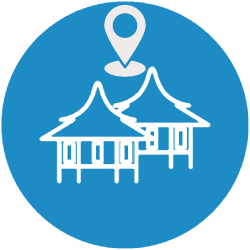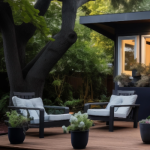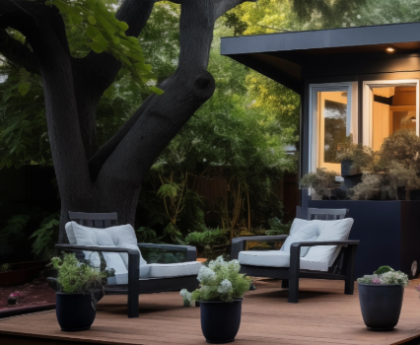 By Paul Krueger
By Paul Krueger
Mayor Todd Gloria is bragging about our city’s selection as a finalist for the “Ivory Prize for Housing Affordability.”
“This award honors feasible and scalable solutions to housing affordability,” the Mayor boasted on Twitter/X.
The non-profit that sponsors the awards was equally effusive. “The City has taken ADUs to the next level by allowing homeowners to build additional ADUs on their property, an unprecedented move that allows the City to rapidly increase (its) supply and density of affordable housing,” said Hannah Gable, Director of Strategy and Operations for Ivory Innovations.
But even a cursory Google search would have given Ms. Gable pause about slavishly embracing the City’s willful distortion of the actual results of its “Bonus ADU” program.
Fact is, the Bonus ADU program has utterly failed to provide even one unit of the intended — and desperately needed — very-low or low-income housing.
The four year-old program — approved by the city council with minimal public input at the height of the pandemic — allows developers to game the system by reserving all their “bonus” units for so-called “moderate income” renters. Those occupants can earn up to 110 percent of the Area Median Income (AMI), or $89,950 per year for a single person and $128,500 for a family of four. https://sdhc.org/wp-content/uploads/2023/AMIIncomeRentChart-2023.pdf)
Those statistics — and the fact that not a single “bonus” ADU has been set aside for very-low or low-income renters — are not in dispute. Those very important details are based on verified statistics provided by the San Diego Housing Commission and have not been challenged by City of San Diego Planning Department staff.
These moderate-income apartments are very small, (500 sq. feet or less) one-bedrooms that rent for up to $2,570 monthly. That makes them essentially market-rate housing. They certainly do not provide much-needed housing for renters earning 60 to 80 percent of AMI, and are definitely not a solution for very-low income San Diegans who survive on less than 60 percent of AMI and are most at risk for losing their current housing and falling into homelessness.
A new report from the Regional Task Force on Homelessness drives home that failure. The report notes that for the 24th consecutive month, the number of San Diegans who lost their homes continues to outpace those who were connected with housing. “There’s just not enough housing at a price point that people can afford,” Jennifer Nations of UCSD’s Homelessness Hub told the Union-Tribune.
Worse, state and local policies are incentivizing the construction of these unaffordable “bonus” units. For-profit developers and their investors get a free pass on the Development Impact Fees required for almost all other ADUs, despite our city’s $4.6 billion infrastructure deficit. Other taxpayer incentives include the waiver of on-site parking requirements up to a full-mile from these multi-unit developments, despite San Diego’s documented lack of an adequate and convenient mass transit system. And so much for our Mayor and Council’s supposed pledge to combat global warming and increase our urban canopy: the “Bonus ADU” program lacks an effective — much less aggressive — replacement requirement for mature landscaping lost to the scraping of backyards to make room for up to 10 (or more) housing units on what was formerly a single-family lot.
Other very controversial builder incentives include the lack of any design standards, no community review or input on proposed developments, and “by-right” approval of what are essentially multi-unit apartment buildings in existing single-family neighborhoods. The negative impacts are obvious in communities that are ground-zero for these “density bombs.” Many of those communities lack sufficient park space and libraries, suffer from pock-marked streets and cracked sidewalks, and have no grocery stores or retail outlets within walking distance.
As for the Ivory Innovations’ claim that these “bonus units” and the underlying market-rate rentals are being built by “homeowners,” nothing could be farther from the truth.
 These multi-unit projects are exclusively the product of for-profit developers and their investors, who outbid first-time homebuyers and move-up families and singles. There are documented instances of these corporate buyers willfully misleading sellers by falsely claiming they will not significantly alter the existing home, or will add only a “casita” or at most one ADU and one Junior ADU, as mandated by state law (and endorsed by all reputable community groups).
These multi-unit projects are exclusively the product of for-profit developers and their investors, who outbid first-time homebuyers and move-up families and singles. There are documented instances of these corporate buyers willfully misleading sellers by falsely claiming they will not significantly alter the existing home, or will add only a “casita” or at most one ADU and one Junior ADU, as mandated by state law (and endorsed by all reputable community groups).
While we must regretfully assume it’s too late for Ivory Innovations to reconsider its nomination of our city’s “Bonus ADU” program as a finalist for its “Ivory Prize for Housing Affordability,” we can only hope the organization will take these facts into account when it selects the winners.




